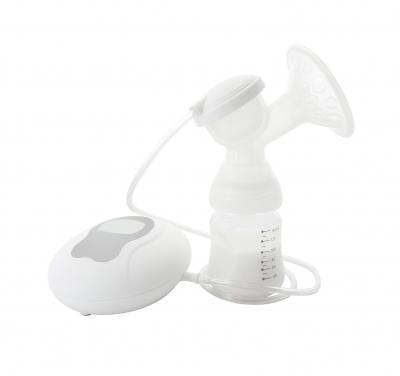 I went to San Antonio with my husband a few weeks ago and I actually heard a commercial on the radio that was created to support breastfeeding mothers. This advertisement was news to my ears, I was kinda shocked since breastfeeding is still not the norm in the United States and that there are still mother’s being forced to leave businesses if they were caught breastfeeding their baby. The campaign simply stated that every drop of breast milk that a baby receives counts whether you nurse a few days or make it a full two years.
I went to San Antonio with my husband a few weeks ago and I actually heard a commercial on the radio that was created to support breastfeeding mothers. This advertisement was news to my ears, I was kinda shocked since breastfeeding is still not the norm in the United States and that there are still mother’s being forced to leave businesses if they were caught breastfeeding their baby. The campaign simply stated that every drop of breast milk that a baby receives counts whether you nurse a few days or make it a full two years.
As a mother of three, breastfeeding was important to me so when I started blogging, I wanted talk about breastfeeding and help other moms. I wanted to help educate by spreading awareness and to advocate for every mother who plans on trying to breastfeed, is thinking about breastfeeding her baby, or is a breastfeeding pro. No matter whether it is your first baby or your last, breastfeeding is an amazing journey and mother’s shouldn’t feel pressured to cover up or nurse their baby in a restroom. So in honor of breastfeeding awareness month, I wanted to share some tips on helping mother’s who can’t breastfeed or have the ability to pump enough breast milk to have the opportunity to turn to a milk bank so that she can continue giving her baby breast milk.
A Little History of Milk Banks
During the twentieth century, almost all babies were breastfed even if the baby’s mother wasn’t capable or couldn’t breastfeed for whatever reason. Times have drastically changed and if a mother chooses not to breastfeed or can’t breastfeed, they rely on formula give their baby all of the nutrients that they need for their first year of life. Now there is a huge push to encourage mother’s to attempt to breastfeed her baby for at least the first six months. If a mother couldn’t breastfeed her baby, she often turned a friend, relative, or another woman who was able to successfully breastfeed. This tactic is known as wet nursing and it is considered a taboo in today’s culture.
However, if a mother wasn’t able to find another woman to wet nurse her baby, they had to try and find substances to be their infant baby and these substances weren’t nutritious or killed the baby. By the end of the late 19th century, they finally found a “formula” that worked to provide nutrition for babies. The formula was made using cow’s milk as a base even though it is a different make up compared to human milk. Women would have to take their baby to the doctor in order to get formula.
Milk banks were created a little over a 100 years ago to help mom’s be able to find a donor milk to give her infant, if a woman was unable to breastfeed or couldn’t produce enough milk. Mom’s who were able to produce abundant amounts of breast milk were encouraged to donate their extra milk to area hospitals to give to premature or sick babies.
In 1985, the dca (HMBANA) was established. They created goals to establish standards for all North American milk banks. These standards were created in 1990. Each year they are reviewed and updated. With the AIDs scared in the mid 1980′s, standards had to be created so milk banks could screen the applicants before they were allowed to donate breast milk. Today applicants are screened using methods similar to a blood bank. All donated milk is pooled together so that it can be pasteurized to kill any bacteria or viruses. The pasteurization process only destroys a small amount of the beneficial properties found in human breast milk.

